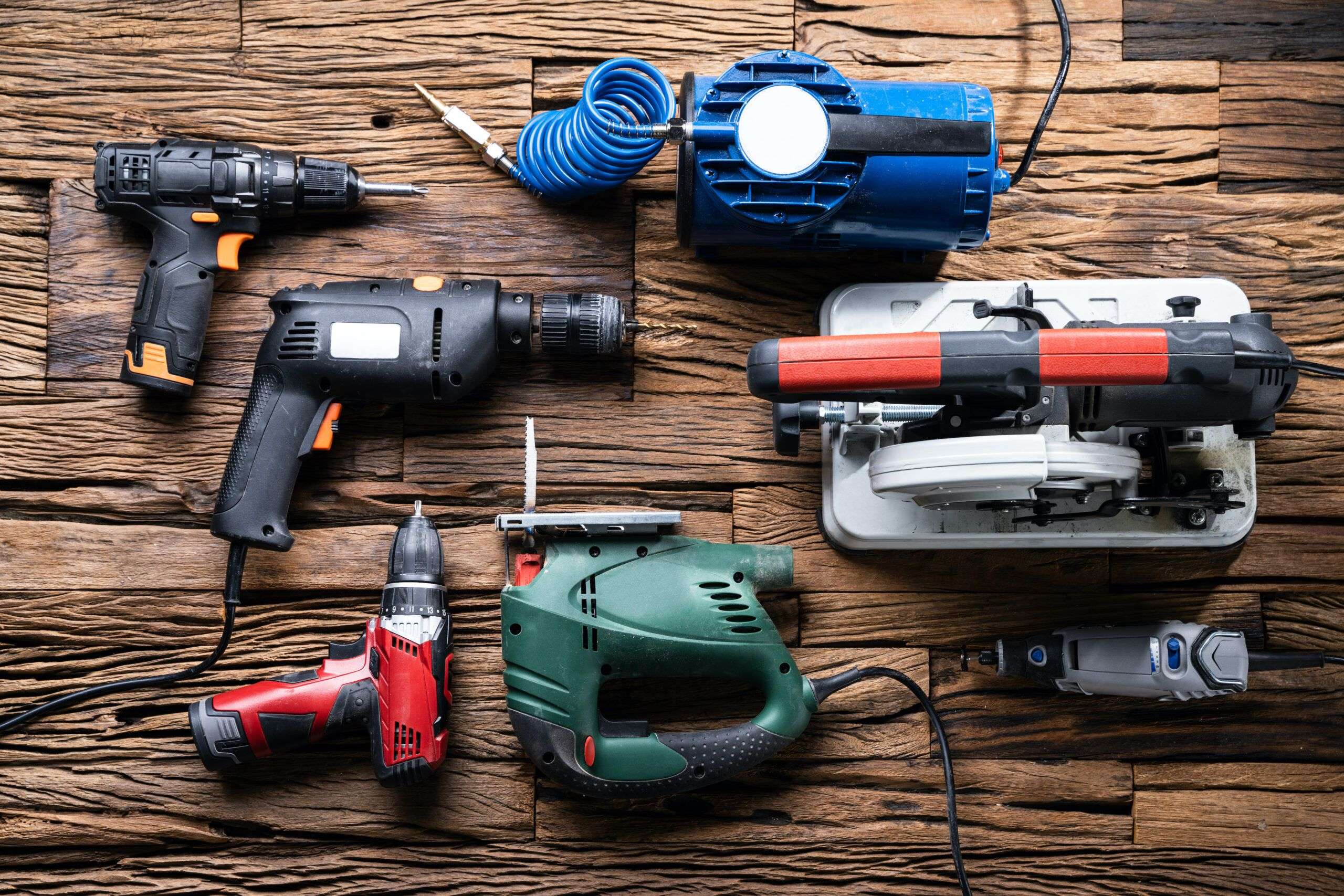
Virtual learning offers incredible flexibility, but it often struggles to replicate the spontaneous interactions that build strong classroom communities. Without the casual chats before class or shared glances across a room, both instructors and students can feel isolated. This guide offers practical strategies to foster genuine connections and create a supportive, engaging online learning environment. You’ll learn how to transform your virtual sessions from a series of monologues into a dynamic space for collaboration and community.
Why Connection Matters in Online Learning
A sense of community is not just a nice-to-have; it’s essential for effective learning. When students feel connected to their peers and instructors, they are more likely to participate, feel motivated, and achieve better academic outcomes. Strong connections create a psychological safety net, encouraging students to ask questions, share ideas, and take intellectual risks without fear of judgment. In an online setting, intentionally building these relationships is crucial to combat feelings of isolation and keep learners engaged.
Strategies for Fostering Community
Creating a connected virtual classroom requires a deliberate and thoughtful approach. Here are several effective strategies you can implement.
Start with Icebreakers That Work
Forget the cringey, overused icebreakers. Instead, opt for activities that encourage genuine sharing.
- Two-Minute Connections: Use breakout rooms at the very beginning of a session for small groups of 2-3 students. Give them a simple, low-stakes prompt, such as “What’s one thing you’re looking forward to this week?” or “Share a favorite song or movie.” This mimics the small talk that happens naturally in person.
- Visual Polls: Use a tool like Mentimeter or Poll Everywhere to ask fun, visual questions. For example, “Which image best represents your morning so far?” or “What’s your go-to work-from-home snack?” This is a quick and lighthearted way to get everyone participating.
Leverage Breakout Rooms Effectively
Breakout rooms are one of the most powerful tools for building connections in a virtual setting, but they must be used correctly.
- Assign Clear Roles: To avoid awkward silences, assign roles within each group, such as a facilitator, a note-taker, and a timekeeper. This gives students a clear purpose and encourages participation.
- Make Tasks Collaborative: Design activities that require teamwork. Instead of just discussing a topic, ask groups to co-create a list, solve a problem, or prepare a short presentation. This gives them a shared goal to work towards.
- Visit and Engage: As the instructor, pop into different breakout rooms not just to monitor progress, but to engage in the conversation. Your presence can help guide the discussion and shows that you are actively involved.
Create Opportunities for Informal Interaction
The structured nature of virtual sessions can stifle the informal chats that build camaraderie. Reintroduce these moments intentionally.
- Open the “Classroom” Early: Start your virtual session 10-15 minutes early and keep it open for a few minutes after it officially ends. Play some music and be present on camera to welcome students as they join. This creates a casual window for non-academic conversation.
- Use a Dedicated Chat Channel: Set up a dedicated channel in a platform like Slack or Discord for non-course-related chat. Encourage students to share interesting articles, fun memes, or personal wins. This helps build community outside of scheduled class time. This method can lead to digital indirect bonding, where connections are formed through shared interests and casual online interactions.
Show Your Human Side
Authenticity is magnetic. As an instructor, allowing students to see you as a person can significantly break down virtual barriers.
- Share Personal Anecdotes: When relevant, share a brief personal story or a relatable struggle. Admitting you haven’t had your coffee yet or that your dog is causing chaos in the background makes you more human and approachable.
- Use Your Camera: Whenever possible, keep your camera on. Non-verbal cues like smiling and nodding are powerful tools for building rapport. Encourage students to use their cameras as well, but be flexible and understanding of those who may not be comfortable or able to do so.
Build a Thriving Virtual Community
Building strong connections in a virtual learning environment doesn’t happen by accident. It requires a conscious effort to create opportunities for interaction, collaboration, and authentic human moments. By implementing these strategies, you can transform your online classroom into a vibrant and supportive community where students feel seen, heard, and motivated to succeed. The key is to be intentional, consistent, and genuinely invested in your students’ experience beyond the curriculum.